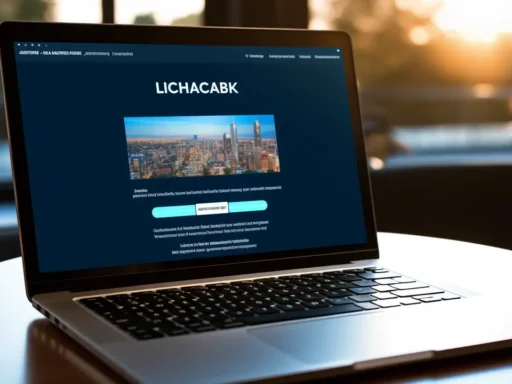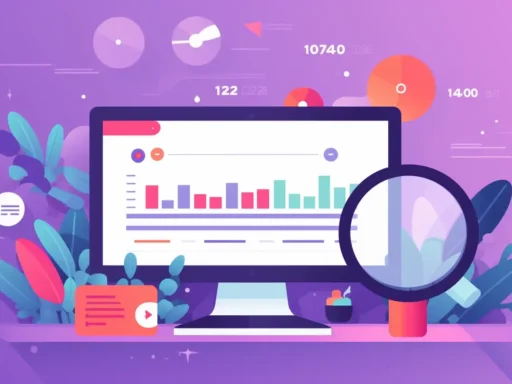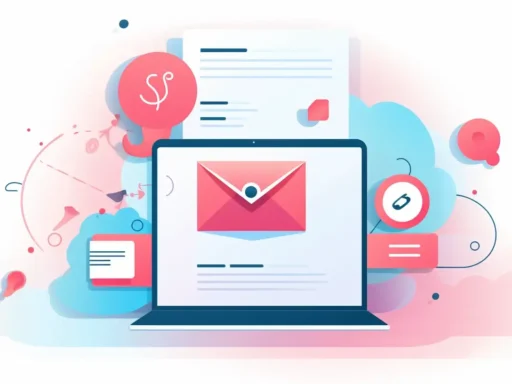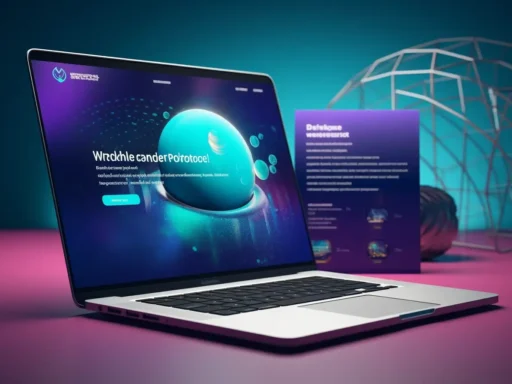Creating a successful landing page requires careful thought and planning. An effective landing page structure, design, and content are key to capturing visitor attention and driving conversions. By following some best practices and incorporating essential elements, you can create a landing page that engages your audience and guides them towards taking action.
When it comes to landing page structure, there are a few core elements that shouldn’t be missed. These include a unique selling proposition (USP), a captivating hero image or video, a clear presentation of the benefits your offering provides, social proof to build trust, and a compelling call to action. By understanding the anatomy of a landing page and incorporating these elements, your landing page will have a strong foundation for success.
Key Takeaways:
- A well-structured landing page is essential for driving conversions.
- Include a unique selling proposition (USP) to differentiate your offering from the competition.
- Utilize a captivating hero image or video to grab visitor attention.
- Highlight the benefits of your product or service to engage and persuade visitors.
- Build trust with social proof such as customer testimonials or case studies.
The Importance of a Unique Selling Proposition (USP)
Your unique selling proposition (USP) is what sets your product or service apart from the competition. It’s the distinct quality that captures the attention of your target audience and entices them to choose you over others. Your USP is the foundation of your landing page and plays a crucial role in its success.
When creating your landing page, you need to effectively communicate your USP through a compelling headline, a supporting headline or subheading, a reinforcing statement, and a closing statement. These elements should clearly describe the value and benefits of your offering, helping visitors understand why your product or service is special and why they should take action.
The headline is the first thing visitors see on your landing page, so it needs to be attention-grabbing and persuasive. It should highlight the most significant aspect of your USP, captivating the reader’s interest and making them want to learn more.
The supporting headline or subheading provides additional context and elaborates on the main headline. It helps reinforce the value proposition of your offering and hooks the reader by providing more specific details about what makes your product or service unique.
A reinforcing statement is a concise sentence or two that reinforces the message of your USP. It can highlight a key feature or benefit of your offering that sets it apart from the competition. This statement should further convince visitors that choosing your product or service will provide them with exceptional value.
The closing statement wraps up your USP by summarizing the main points and leaving a lasting impression on the reader. It should motivate them to take action, whether it’s making a purchase, signing up for a service, or completing a form.
So, by crafting a compelling headline, supporting headline or subheading, reinforcing statement, and closing statement, you can effectively communicate your unique selling proposition on your landing page. This will capture the attention of visitors and persuade them to take the desired action, ultimately leading to increased conversions and success for your business.
Elements of an Effective Landing Page Structure
In addition to a strong unique selling proposition (USP), an effective landing page incorporates several key elements that optimize its performance in converting visitors into leads and customers. These elements include:
1. Hero Image or Video
A well-chosen hero image or video is a visually impactful element that captures attention and engages visitors. It serves as a powerful representation of your offering and helps create a connection with your target audience. Whether it’s a stunning product shot or a captivating video showcasing your service in action, the hero image or video sets the tone and conveys the value of your offering.
2. Compelling Content
The content on your landing page plays a crucial role in communicating the benefits and value of your product or service. It should be concise, persuasive, and focused on addressing the pain points of your target audience. By highlighting the unique selling points and demonstrating how your offering can solve their problems or fulfill their desires, you can captivate visitors and convince them to take action.
3. Social Proof
Integrating social proof into your landing page adds credibility and trustworthiness to your offering. Customer testimonials, case studies, reviews, and endorsements can help alleviate doubts and build confidence in potential customers. Thus, by showcasing the positive experiences of others who have benefited from your product or service, you create a sense of security and increase the likelihood of conversions.
4. Clear and Compelling Call to Action
A call to action (CTA) is the driving force behind conversions on a landing page. It’s important to make your CTA stand out and clearly communicate the desired action you want visitors to take. Whether it’s signing up for a newsletter, making a purchase, or scheduling a demo, a well-designed and strategically placed CTA can guide visitors towards the next step in their customer journey and help you achieve your conversion goals.
By incorporating these elements into your landing page design, you can create a persuasive and engaging user experience that maximizes conversions, boosts ROI, and ultimately helps your business thrive.
Conclusion
Crafting a successful landing page requires careful attention to design, content, and structure. By implementing landing page best practices, you can optimize your page for maximum conversions. Start by creating a benefit-focused headline that grabs your visitors’ attention and clearly communicates the value of your offering.
Choosing a visually appealing image or video that effectively illustrates your offer is crucial for engaging your audience. Combine this visual element with compelling copy that highlights the benefits and unique selling points of your product or service. Therefore, this will help to build trust and persuade visitors to take action.
Don’t forget the importance of a clear and standout call to action. Use persuasive language and design elements that make your call to action visually prominent, guiding visitors towards the desired conversion. Additionally, ensure that your landing page is responsive and optimized for search engines to attract organic traffic.
Lastly, leverage the power of a thank you page to continue the customer journey. Following these landing page design and structure best practices will increase your chances of effectively converting website visitors into leads and customers.
FAQ
How should I structure a landing page?
To structure a landing page effectively, you should include a unique selling proposition, a hero image or video, the benefits of your offering, social proof, and a clear call to action.
What is a unique selling proposition (USP)?
A unique selling proposition is what sets your product or service apart from the competition. It describes the value and benefits of your offering and should be communicated through a compelling headline, supporting headline or subheading, reinforcing statement, and closing statement.
What are the elements of an effective landing page?
An effective landing page includes a hero image or video, compelling content highlighting the benefits, social proof in the form of customer testimonials or case studies, and a clear and compelling call to action.
How can I optimize my landing page for conversions?
To optimize your landing page for conversions, you should craft a benefit-focused headline, choose an image that illustrates the offer, write compelling copy, include a clear and standout call to action, offer a relevant and compelling offer, remove distractions, make your landing page responsive, optimize it for search engines, and use a thank you page to continue the customer journey.
Craft a landing page that converts with GetResponse
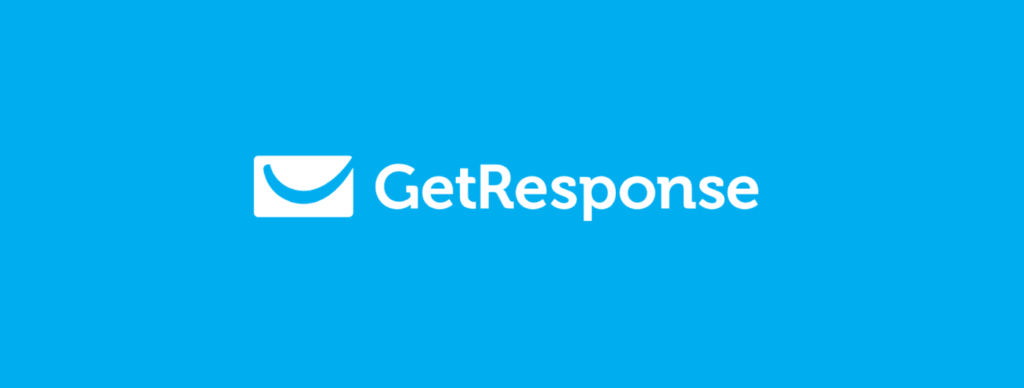
In today’s fast-paced digital world, capturing your audience’s attention is more challenging than ever. Enter GetResponse’s Landing Page feature, a game-changer in digital marketing. This intuitive tool empowers you to create stunning, high-converting landing pages effortlessly, even without coding expertise.
Why Choose GetResponse for Your Landing Pages?
- Ease of Use: With a user-friendly drag-and-drop editor, designing professional and visually appealing landing pages becomes a breeze.
- Customization at Your Fingertips: GetResponse offers a vast library of customizable templates, enabling you to align your landing page perfectly with your brand identity.
- Optimized for Conversion: Each template is optimized for conversions, ensuring that your page not only looks great but also drives results.
- Responsive Design: With mobile responsiveness, your landing pages will look flawless on any device, enhancing user experience and engagement.
- Advanced Features for Marketers: Incorporate pop-ups, forms, and countdown timers to boost engagement. Plus, integrate with other marketing tools for a seamless workflow.
- Analytics and Testing: Track your landing page’s performance with built-in analytics and improve effectiveness with A/B testing.
Realize Your Marketing Potential
Whether you’re launching a new product, building an email list, or promoting an event, GetResponse’s Landing Pages is your go-to solution. By simplifying the creation process and providing robust tools for optimization, it stands as an indispensable asset in your digital marketing toolkit.


